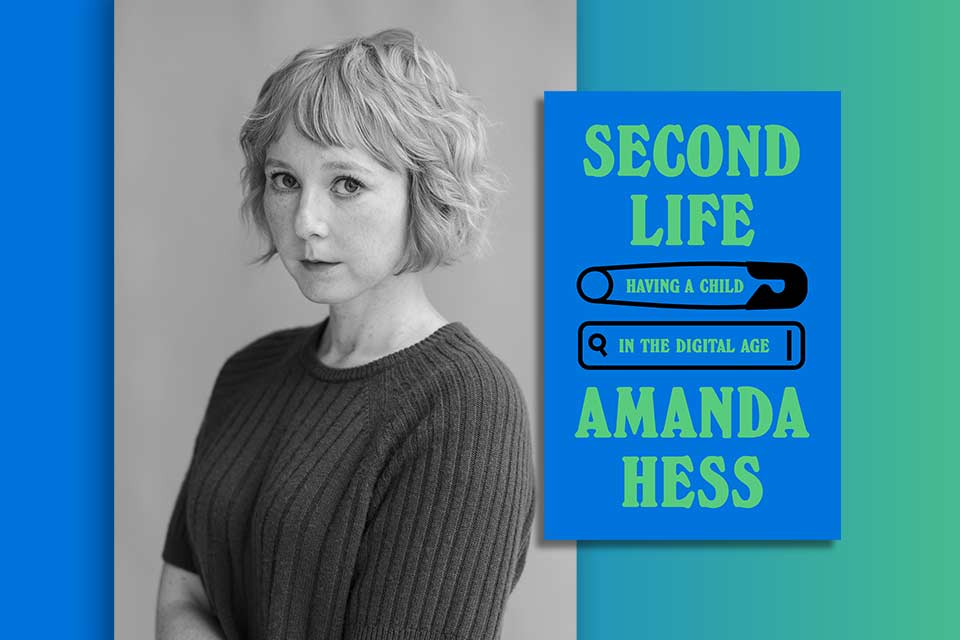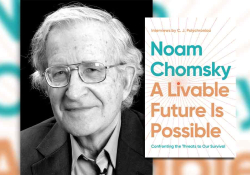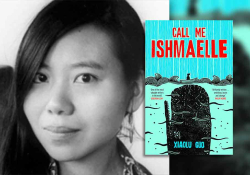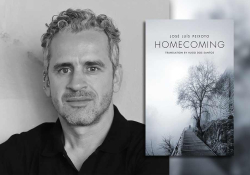One Story Speaking to Many: Amanda Hess’s Second Life

If you have not yet read the writing of Amanda Hess, you have been depriving yourself of the most insightful commentary on our times. Hess writes in the New York Times about the trends and illusions of the internet and pop culture: TikToks, wellness, beauty standards, global-warming memes, bad Christmas movies, celebrity lookalike contests and arguments on airplanes. She writes, always, with detail and attentiveness, scrutinizing the images and videos that flicker on our screens, their constructions and the messages they extend. Hess has proved that our virtual obsessions are worthy of serious study, that they can reveal the secrets of ourselves—and she has done this with such consistency that whenever she publishes a column, you know it will be good.
Hess’s first book, published this May, is even better than the best of her columns. In Second Life: Having a Child in the Digital Age (Doubleday, 2025), she chronicles her passage into motherhood, incorporating interviews, research, and a range of cultural commentary as she proves the book’s subtitle to be an understatement. “For seven months,” Hess writes early on, “we’d all acted like a baby was going to come out of my body like a rabbit yanked from a hat. The same body that ordered mozzarella sticks from the late-night menu and stared into a computer like it had a soul.” In the ensuing pages, Hess shows that Second Life is not just about having a child: it is about the odyssey of having a child, about the attempts to conceive a child, the self-doubts that result from preparing to have a child, the medical complications of having a child, the companies that vie to profit from people having a child, the stereotypes and branding of having a child, and, finally, the transformations in perspective that come from having a child.
Second Life begins with the psychological and physical challenges of becoming pregnant. Hess explains that “I wanted to solve the question of myself before bringing another person into the world, but the answer had not come.” Later, she writes, “I grieved for my vanishing life. I thrashed and sobbed in bed one afternoon, acting like a dying animal. I should have become a better person before making a copy of me.” She turns to her devices for guidance, and she downloads a pregnancy tracking app called Flo that promises to “become an expert on you.” At first it seems to provide certainty: while “pregnancy had once been an idea drifting in a hazy future, . . . now it was a plot that could be executed by following a few simple commands.”
Yet Hess explores how the app, meant to help her, also collects and sells her data so that other companies can target her with advertisements. In these early pages, Hess grapples with a duality new to our times: her son exists as “the orange vomit rising in my throat at breakfast,” then “squiring rolls that made me feel like I was falling in love”—but also as a “bundled” set of data existing in “the realm of information.” The language of marketers comes into conflict with Hess’s unique voice, which finds a dark comedy in the absurdity of our times. “My baby’s due date,” she writes, “represented one of the most tantalizing pieces of personal data that I had ever produced.”
Hess finds a dark comedy in the absurdity of our times.
What do expecting parents receive in return for their data? Advertisements, the presence of influencers, and the pressure to buy devices for the always-elusive peace of mind. Hess moves between narrative and analysis, writing about the implicit messages of products and apps as well as cultural and technological histories of ultrasounds, menstrual trackers, and baby monitors. She surveys connotations of C-sections; she weighs the politics of prenatal technologies. She close-reads guides to parenting, the symbolism of pregnant moms in pandemic commercials, and trends of gender-reveal videos (“the aesthetic was America’s Funniest Home Videos meets terrorist beheading”). The latter topic gives way to meditations on the passing of lives and time. Hess reads about a man who died because of the bomb he prepared for a gender-reveal party, and she searches for traces of him online. She googles him, reads his obituary, and visits his widow’s Facebook page. There, she writes, she “scrolled back” and “watched her trauma wind slowly in reverse” as she looked at posts of the child “shrink from a toddler to a baby” until she “saw him disappear, drawn back into his mother, who was pregnant and alone.”
To watch the life of a new mother in reverse, and to write the story of her own second life, Hess revisits digital footprints. She draws on “firsthand experiences with technology,” “reconstructed based on thousands of contemporaneous screenshots, text messages, and recordings, and my personal data archives, medical records, and notes.” A parallel narrative emerges in the book—the story of how to write about our digital lives—as Hess describes revisiting apps, podcasts, conversation threads, social media posts, and chat boards. In one of the most memorable passages, she narrates her delivery in the third person, citing details from “a thousand-page medical record” from the hospital. The result is something close to magic: fixing our gaze on the part of our lives we contemplate least, our scrolling and tapping and searching online.
Hess places the information of the internet into conversation with the information of the medical field, as she details the experience of receiving medical judgments delivered in the jargon and understatements of doctors. When they find early signs of her son’s Beckwith-Wiedemann syndrome, she writes how “the information passed uncomprehendingly through me.” One doctor writes down the name of the syndrome for Hess and tells her “don’t google it”—an impossible request. Online, Hess finds no definite answers about the future of her child and herself; as a result, her story becomes the story of myth in the time of the internet, and she details how she “entered a world beyond information.” Her “reason dialed back centuries,” and “even as I submitted my body to advanced scientific protocols, my mind belonged now to the realm of judgment, superstition, and myth. Soon the internet would feed me from its bank of dark materials. Coincidences would string together to form patterns and theories. With the light of my phone to guide me, I descended into the pregnant underworld.”
The internet is a place we visit, but it is also a contemporary god, the great being we turn to for answers and the fulfillment of dreams.
The internet is a place we visit, but it is also a contemporary god, the great being we turn to for answers and the fulfillment of dreams. “Obviously,” Hess tells us about becoming pregnant, “I told the internet before I told my parents.” Hess longs to have her phone with her and “google my way out” of uncertainty. She writes that “I could pour my fears into its portal and process them into answers,” and “if I searched it smart and fast enough, the internet would save us.” In one scene she waits in a lobby, “stroking my phone until I depleted its stock of inane facts.” In another, she describes the message she receives from an app “when I depleted her offerings,” the perfect verb for our relationship with our devices: not accumulation, not addition, not accretion, but depletion.
Behind these pages about motherhood, digital footprints, advertisements, human fears, and the promise of the web, we find an ancient story about the individual and the collective. Hess considers how the internet erases our identities, selling us in bundles of data. In the medical setting, she finds herself reduced to the category of “a special medical case” and the descriptors on her medical chart: “fetal anomaly,” “advanced maternal age,” “anxiety during pregnancy.” When Hess becomes pregnant, she grapples with her change in identity and feels “costumed” as the other pregnant women she sees “lugging heavy water bottles and scrolling lazily through their phones.” Elsewhere she writes: “Before I was pregnant, I was a person.” And after she gives birth, she longs to have “my own experience understood,” “my own sacrifice affirmed.”
Now is an appropriate time, as we approach the end of this review, to admit that Second Life’s target demographic might not be me—a single, childless maestro of failed love who dedicates more hours to appraising the ambience of cafés and the tactical decisions of reality-TV stars on The Traitors than to contemplating how he can responsibly raise the next generation of humans in a society teetering toward self-annihilation. Yet Hess’s writing speaks to all. She writes about what it’s like to become a parent, to worry about medical diagnoses and raise children, but also about the limits of language, the illusions of the internet, and the challenge of understanding our identity as we age. This is the beautiful metamorphosis of great writing: one person’s story speaks to many, allowing us to grasp epiphanies about ourselves and our times. Hess has done this in her columns for years now, and her first book offers us the miracle we seek in our restless scrolling, the feeling she arrives at when, after giving birth, she finds herself “relieved of my cynicism, gifted with new observational powers.”
Chicago, Illinois















